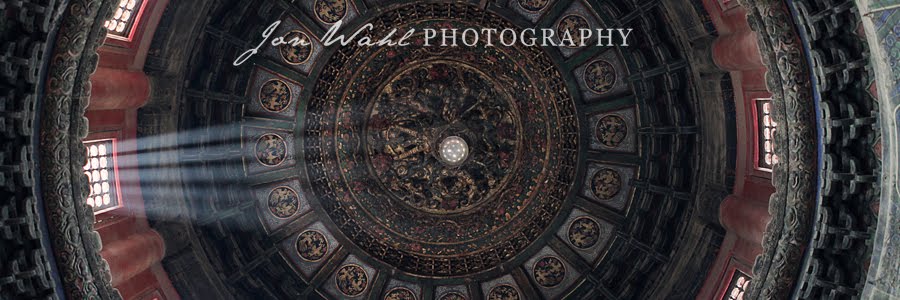In order to shoot FULL manual there are 3 main concepts to understand. These are 1) Shutter Speed; 2) Aperture; and 3) ISO.
1) Shutter Speed
Understanding shutter speed is pretty simple. Your shutter speed tells the camera how long to leave the shutter open. When the shutter is open light is entering the camera. Consequently, the longer the shutter speed the brighter the picture. In low light setting you will want to set your shutter speed to be as slow as possible. However, there is one more element to shutter speed. When the shutter is open the camera is capturing everything that is happening. This means that if you leave the shutter open for too long it will capture movement. This is what makes pictures blurry. I like to always keep my shutter speed at 1/200 or faster. If you are doing action photography, however, you will want to speed that shutter speed up.
2) Aperture
This is going to be the hardest parting of shooting manually, but it's also my favorite. One thing to keep in mind is that aperture, F-stop and depth of field all refer to the same thing. Changing the F-stop setting on your camera changes the aperture, which in turn affects your depth of field.
Your aperture greatly affect the look of your picture! I personally love a shallow depth of field unless I'm shooting landscape. Below are a few examples of depth of field.
This pictures has a shallow depth of field. This is because the cup and hand are in focus but the background is blurry.
The picture has a great depth of field because the camera has focused on the rocks in the foreground and the clouds in the background.
To make things easier I have poster a really helpful video below. Take the time to watch it before moving on.
Even after watching the video there are some other things you'll need to remember.
1) A greater aperture is actually a smaller number. In other words: f/1.8 opens the aperture more than f/22.
2) The lower the number the more light is let into the camera. An f/1.8 lets in a lot more light than an f/22. For that reason you should first choose your f-stop according to the feel or look you would like and then change your shutter speed to properly expose.
Below is a picture to help you understand how your f-stop relates to your depth of field
3) ISO
ISO is pretty simple. The higher the number the brighter the picture. ISO determines how sensitive your camera's sensor is to light. The higher the number the greater sensitivity. I personally use ISO as little as possible. The reason for this is that it's artificial lightening and this causes major grain in your picture.
Below is an example of a picture with a high ISO.
See all the grain? This is because the picture was take with a high ISO. Now I will admit there are times where you might want to crank your ISO for a fun artistic looking picture, but I think this should be done very sparingly.
Well that's it! Those are the 3 most important things to know about your camera. Now I know it was overwhelming, but you can do it. And if it didn't all make sense that's okay. Get outside with your camera and start experimenting with these 3 things and pretty soon it will all make sense.
Thanks for reading, Jon Wahl
NOTE: Pictures for this post were taken from Google Images.




